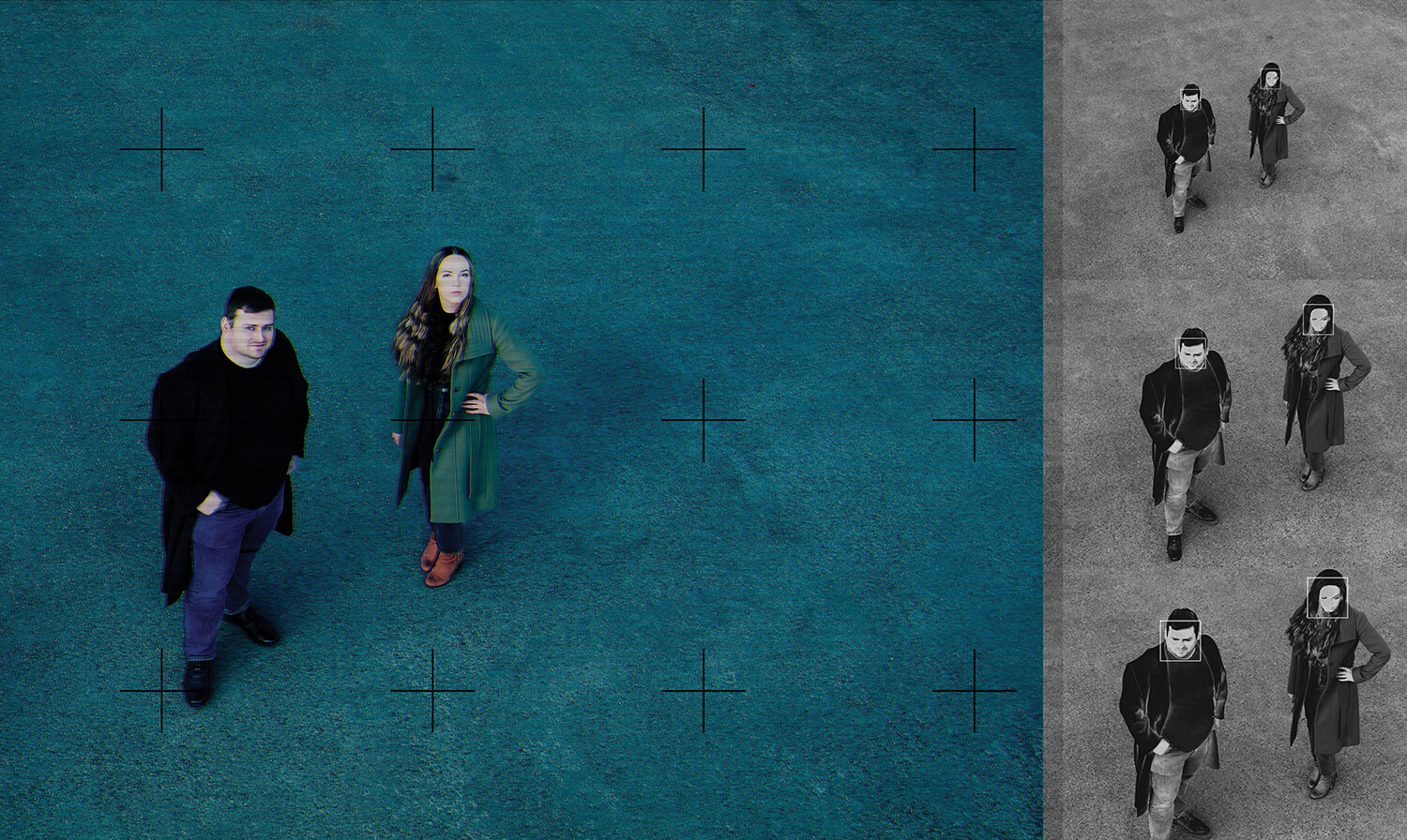Sometimes a business name can seem like an unforced error (who concluded In-N-Out Burger was a good handle for a joint selling cooked ground beef, anyway?), and sometimes it sounds dead solid perfect.
“A wyvern is a dragon- like mythical creature with excellent eyesight. We thought it was a pretty good namesake. We take pictures of Earth from satellites and sell them for analysis in a variety of sectors,” says Callie Lissinna, co-founder of Wyvern Inc.
Alberta’s first private satellite company was launched (sorry) in the spring of 2018 by four ambitious young alumni from the University of Alberta’s faculties of engineering and science: CEO Chris Robson, who has a MSc in orbital design and analysis; Lissinna, the firm’s COO, with a degree in mechanical engineering; VP of Research & Development Kristen Cote, currently completing her PhD in physics at the University of Toronto; and VP of Product Kurtis Broda, a former systems engineer at General Dynamics with an MSc in mechanical engineering. Three of the founders were also part of AlbertaSat, an ongoing, student-run venture at the U of A that put the first made-in-Alberta satellite into space in 2017.
The optical technology at the centre of Wyvern’s business is called hyperspectral imagery. If your guess is that must be something that produces really sharp photographs, you’re correct. By way of comparison, a regular digital image, like the Instagram shot of the family dog on your iPhone, is composed from the red, green and blue bands of the spectrum. One step up is multi-spectral imagery, which picks up another six to eight colours. With hyperspectral imagery, hundreds of colours are layered into the picture. “Really, what we’re doing is measuring the spectral signature or the chemistry of every pixel in an image,” Lissinna explains. “This has the power to detect details that are invisible by conventional imaging standards.”
Sounds like a heck of a camera. What’s more, it is one that unfolds from a satellite no bigger than two loaves of bread orbiting the planet 550 kilometres above the surface following deployment from a commercial rocket. A Wyvern satellite will be carried into space this year as something of a beta test, with the first deployable camera heading for orbit no earlier than 2023.
